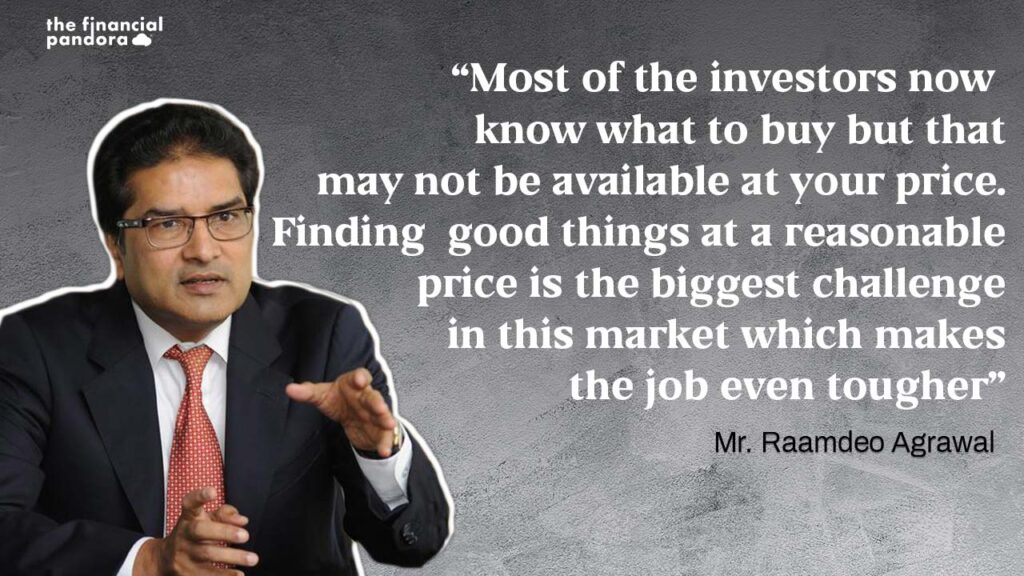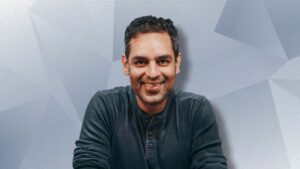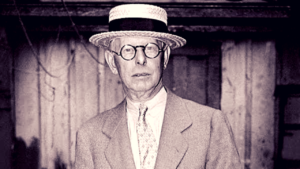Life And Career
Born to a middle-class family in Chattisgarh, Raamdeo Agrawal moved to Mumbai to pursue his higher studies. During his stay in the Rajasthan Vidyarthi Griha Hostel in Mumbai he met his future business partner Mr. Motilal Oswal. Bound by their common interest of the stock markets they started out as Sub-brokers in the Bombay Stock Exchange in 1987. In a matter of 3 years they quickly became full time brokers and started investing their own money. After growing their broking business to become one of the biggest and most well known in the market, they launched their Investment Banking, Private Equity and Wealth Management businesses 2006. They went public in 2007 and forayed into the mutual fund business in 2010. Finally, in 2013 they launched their Housing Finance division under the name Aspire Home Finance Corporation (Now known as Motilal Oswal Home Finance).
Investment Approach – Buy Right, Sit Tight
Often referred to as the Warren Buffet of India, Ramdeo Agrawal actually idolizes Mr. Buffet. Being a value investor himself, Mr. Agrawal adopted the Focused approach of investing after attending a Berkshire Hathway AGM. From a portfolio of over 200 stocks, he cut his holdings down to 15 quality stocks that helped him double his profits in a matter of a year in the mid ‘90s. Crediting his “Guru” for introducing him to the concept of portfolio diversification. His investment philosophycan be most accurately described as old-time value investing. He believes the only way to beat the market is by selecting a small set of good quality companies and getting a better understanding about them than the others, through market research. His investment mantra revolves around buying mispriced securities by identifying undervalued companies. He is often quoted as saying “Price is what you pay, Value is what you get.”
QGLP Model
Raamdeo Agrawal’s investment philosophyhas been central in formulating the QGLP model that is followed across their verticals including their Mutual Fund and their Portfolio Management Services (PMS) business. Lets take a brief look at what the model actually is:
Q – Quality
- The two aspects they look at is the Quality of the Business and the Quality of Management. These two factors complement each other and are required to co-exist to ensure success of an investment. Even if one of the two is missing it does not make for a good investment.
G – Earnings Growth
- Growth of a business is perhaps the most important indicator that is looked at by investors. Earnings growth need to be consistent and sustainable. However, growth by itself is not enough. That is where we come to the next factor.
L – Longevity
- Having established the quality and growth aspects of a business, next it is important to ascertain how sustainable they are. One preferred method of doing so is by assessing the Competitive Advantage Period. I.e. how long a company is able to sustain their competitive advantage and generate superior returns.
P – Price
- All stocks, even good quality ones, need to be bought at the right price to make a meaningful gain. Stocks are attractive only if bought at a price that are below the perceived price (intrinsic value). A simplistic method of analyzing this is by looking the Price to Earnings (P/E) multiple of the stock.
Conclusion
Starting out from humble beginnings Raamdeo Agrawal has been instrumental in creating one of the most well recognized names in the Indian Financial Services industry (of which he currently owns 36%). His disciplined approach towards investing and along with belief in his core investment principles are the key ingredients in his success story. Despite the recent school of though discrediting the value investing approach, his portfolio has stood the test of time.
Follow Us @




